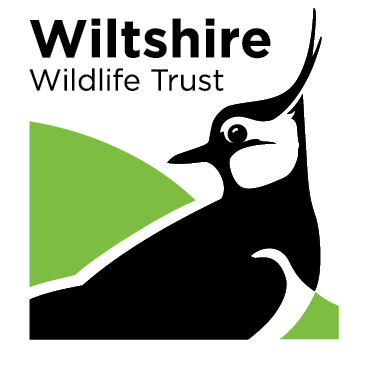Search
Search
Water vole
The water vole is under serious threat from habitat loss and predation by the American mink. Found along our waterways, it is similar-looking to the brown rat, but with a blunt nose, small ears…
Wessex Water Guardians Community Project
Bank vole
The chestnut-brown bank vole is our smallest vole and can be found in hedgerows, woodlands, parks and gardens. It is ideal prey for owls, weasels and kestrels.
Field vole
With a population of 75 million, the field vole is one of the UK's most common mammals. Hidden among the vegetation of grassland, heathland and moorland, it is not as easily spotted as the…
Water Quality Testing of the Bristol Avon in Wiltshire
The Water Team
Bay Meadows
An important wildlife corridor between Ogbourne Maisey and Marlborough.
Water spider
There are several species of spider that live in our wetlands, but the water spider is the only one that spends its life under the water. In its pond habitats, it looks silvery because of the air…
Water scorpion
The water scorpion is not a true scorpion, but it certainly looks like one! An underwater predator, it uses its front pincer-like legs to catch its prey. Its tail actually acts as a kind of '…
Water shrew
The large, dark grey water shrew lives mostly in wetland habitats. It's a good swimmer that hunts for aquatic insects and burrows into the banks.
Water figwort
Water figwort is a tall plant of riverbanks, pond margins, damp meadows and wet woodlands. Its maroon flowers are pollinated by the Common wasp.
